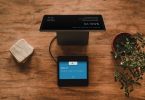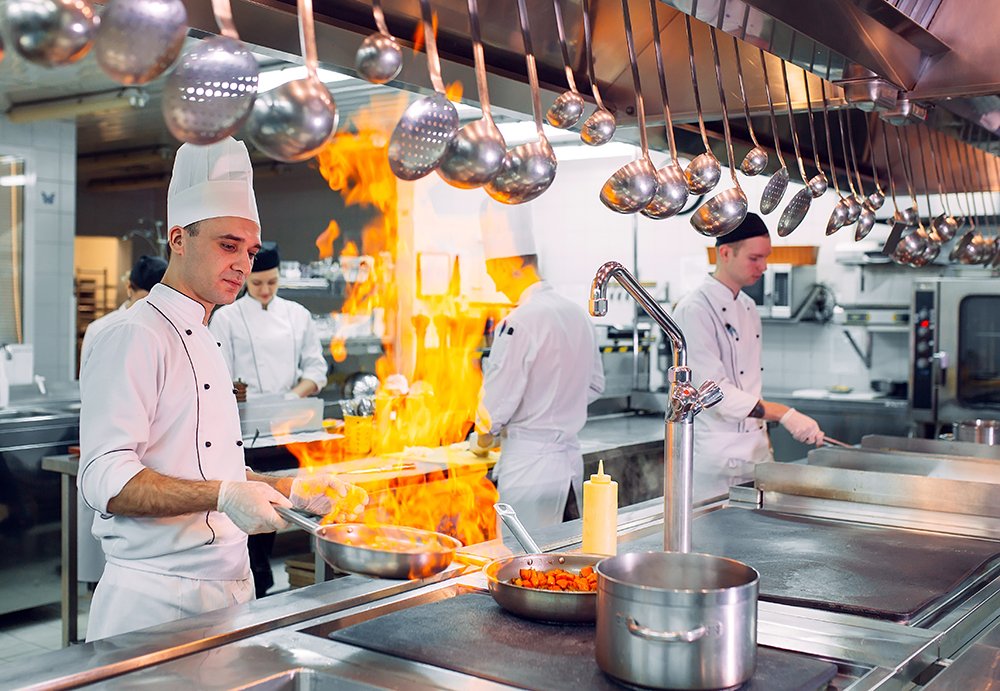
All proactive tasks are preventive maintenance made to help reduce reactive maintenance (repairs that are done when equipment has already broken down) for a restaurant. If you have not heard of restaurant preventive maintenance checklist before, it’s the upkeep of your equipment to help prevent a breakdown from occurring.
There are many ways to perform preventive maintenance at a restaurant; however, some tasks are more beneficial than others and should be done with care to ensure the continued health of the business and the equipment. There are four restaurant checklist items that are integral to any maintenance program that prides itself on avoiding needless repairs.
Clean & Sanitize Restaurant Refrigerators
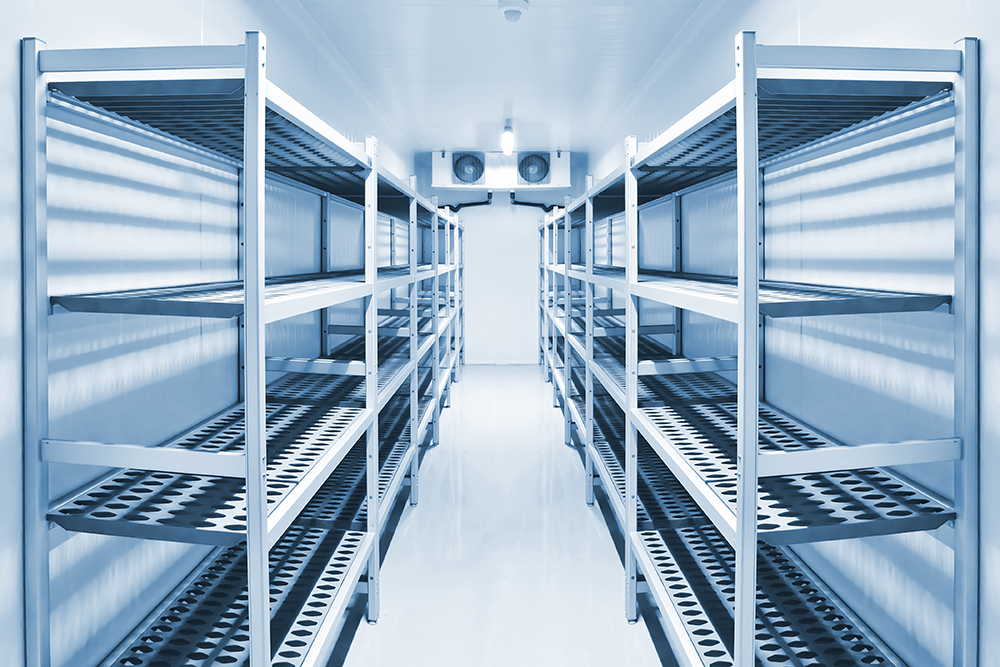
Cleaning and sanitizing refrigerators are a combined task that can be important to helping a refrigeration unit last past its expected lifespan. When your staff members take part in cleaning and sanitizing your restaurant’s refrigerator, part of this responsibility is to review the state of various parts of the fridge that are known for failure — like gaskets and door hinges. It is also an opportunity to check the state of condenser coils and, if needed, to clean them.
While many of your restaurant tasks are done daily, cleaning and sanitizing refrigerators should be done weekly. To ensure this task is remembered, a computerized maintenance management system (CMMS) software or computerized maintenance management system software needs to be in place to schedule the many tasks that come at different intervals. The CMMS will also be good for helping to review that weekly cleaning and sanitizing has been done on schedule.
Clean Restaurant Burners, Grates & Flattops
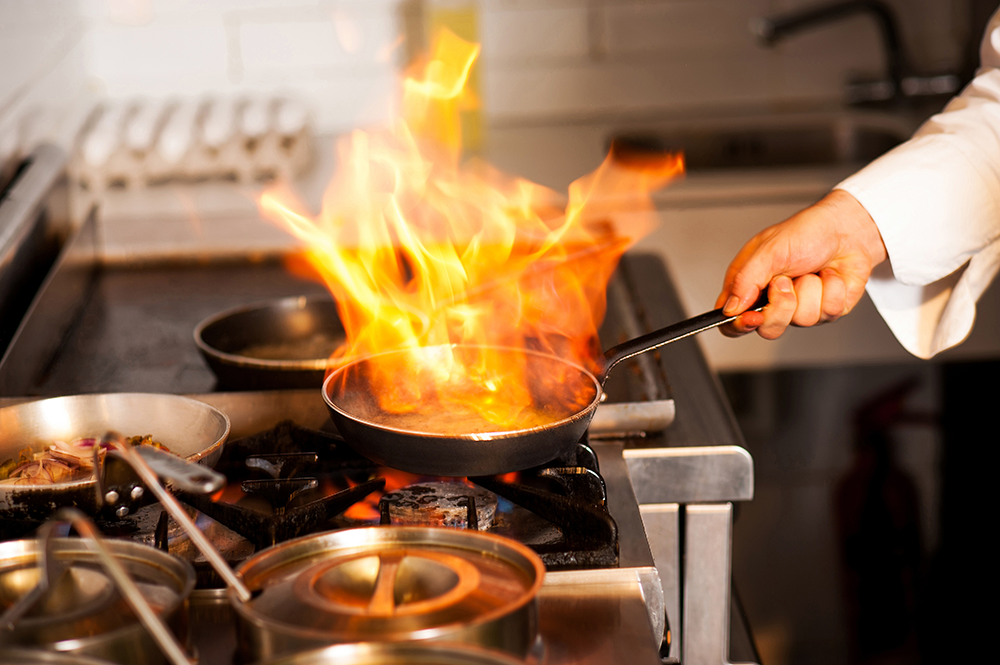
Burners, grates, and flattops need to be cleaned regularly to reduce the amount of grease buildup in the restaurant. Grease buildup not only is it attractive to unwanted pests, it can be a major fire hazard. Cleaning these items needs to be done daily at the close of business without fail, not only to prevent bugs and fires but also to avoid the more expensive process of having them cleaned professionally because baked-in grease can be difficult to remove. Baked-in grease can also ruin the taste of food for your guests.
By implementing a preventive maintenance strategy, you’ll easily avoid having to hire a service technician to perform maintenance on your restaurant’s kitchen equipment. If you stick to your preventive maintenance schedule and use your CMMS software, you should be able to avoid costly repairs.
Investigate Bug Prevention Measures
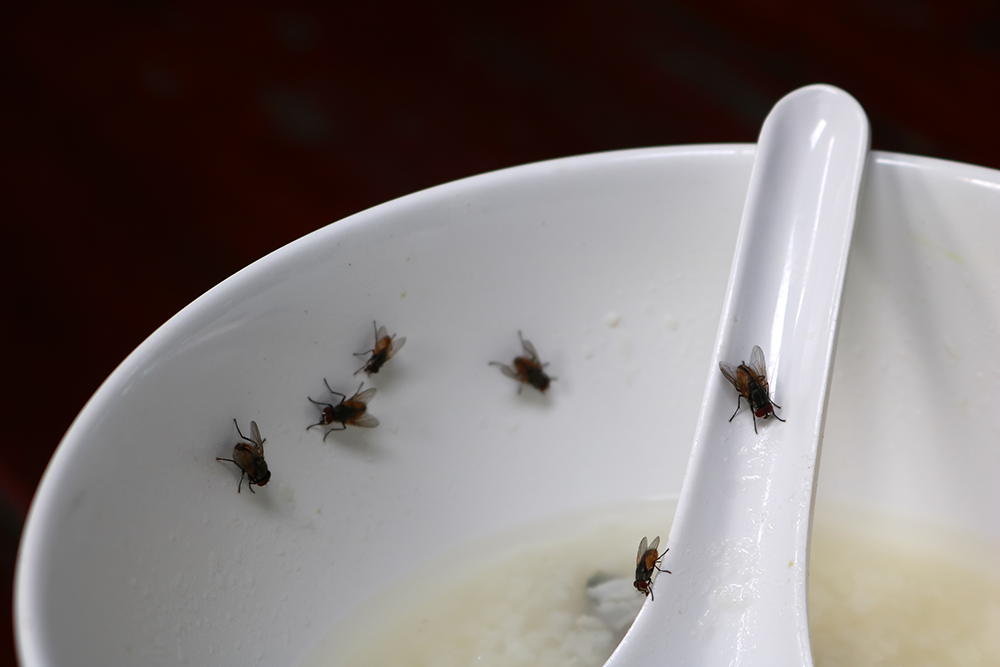
This task can be done on either a monthly or weekly basis, although some restaurants prefer to perform it during the performance of other tasks. However, when you have a checklist of preventive maintenance tasks, it is best you use your CMMS software to schedule the task at a regular period rather than relying on its completion as other tasks are performed. If you rely on your staff to check bug prevention measures while they are doing other things — like taking out the garbage, cleaning the bar back, or sweeping — you run the risk of them being caught up in the main task and neglecting the secondary task.
The best way to investigate bug prevention measures is to go around the restaurant and check to make sure that there aren’t any issues that would either signal that there is an insect problem or that might create one. An employee can go around and check to make sure that the garbage is free from spills and caked-on rotting food. They can also check to make sure that the lighting under the bar back is working properly, this protects the bartender’s safety as well as works to deter cockroaches that prefer dark and wet environments to a clean, dry, well-lit area.
Clean Keg Lines
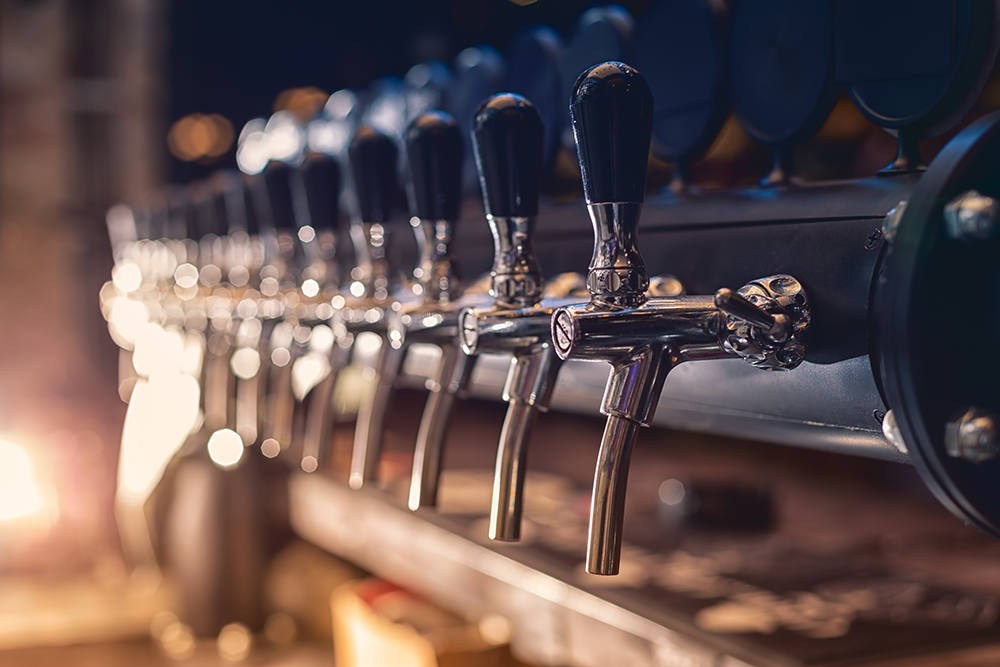
Cleaning keg lines should be done at a minimum of every six weeks, while most manufacturers and beer experts recommend that they be cleaned every two weeks. Some even suggest that you clean the lines every time you change a keg which, depending upon how much beer your restaurant goes through, can be more often than every two weeks. As this isn’t a daily side-work item, it may be important to schedule this as part of your restaurant’s preventive maintenance checklist on a bi-weekly basis.
Beer line cleaning is an important task because it helps to clear out built-up carbohydrates, proteins, mold, bacteria, yeast, and other residue from your lines that can change the taste of the beer. It also helps to deter the formation of calcium oxalate or beer stone from your lines. Neglecting the cleaning of your tap beer lines can lead to unneeded additional repairs and replacements which could have been easily avoided in a few minutes of preventive maintenance every other week.
To keep a well-run and profitable restaurant preventive maintenance checklist items must be performed with care on a regularly scheduled basis. Forgetting to attend to these tasks can cause many repairs that would often be unneeded with a few minutes of careful attention before they become a problem. Luckily, there is always time to enact a preventive maintenance plan.
About the Author
Warren Wu has years of restaurant experience of being a waiter at Common Theory Public House in San Diego, California. He is now the Head of Growth for UpKeep, a software company that helps companies streamline their maintenance process.






